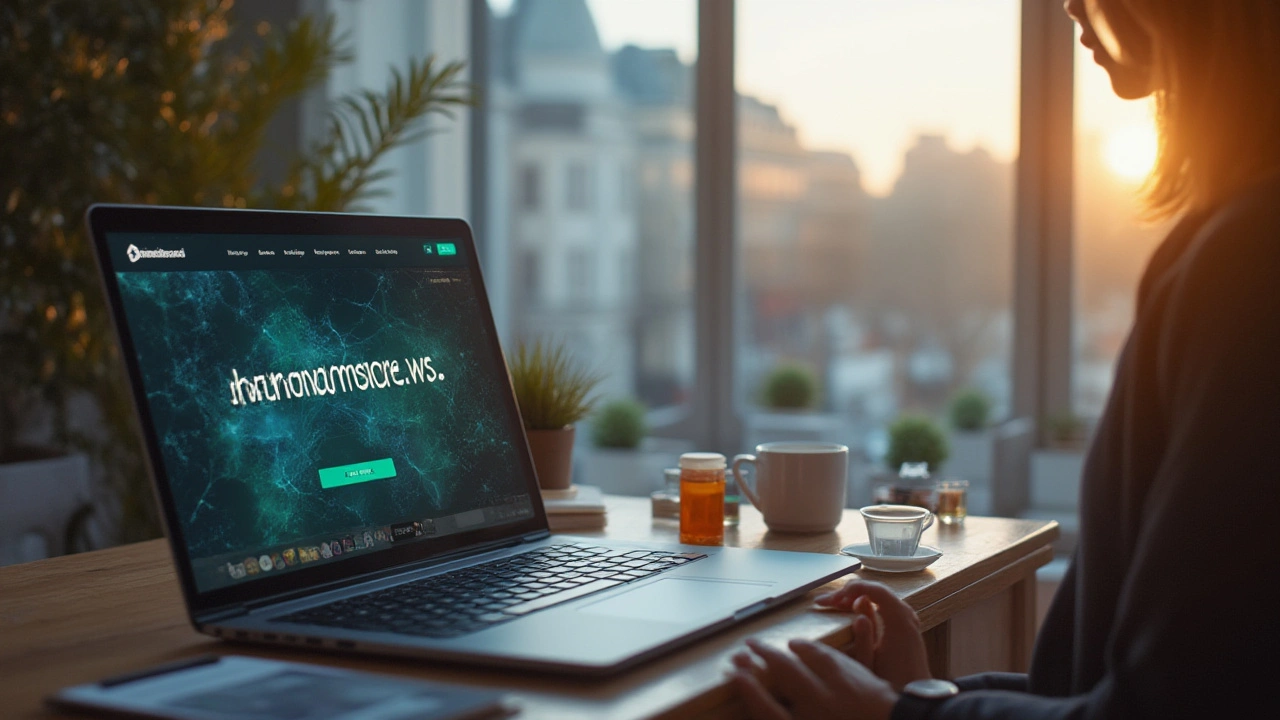Pharmacy Safety: Practical Tips for Buying and Using Medications
Want to avoid fake meds, surprise bills, or shipping headaches? Pharmacy safety is about three things: choosing a trusted seller, protecting your personal data, and using medicines correctly. Here are clear steps you can use today.
Check the pharmacy before you buy
Always verify a pharmacy's credentials. In the US look for NABP/VIPPS or a state pharmacy license posted on the site. For other countries, check local health authority listings. If a site sells prescription-only drugs without asking for a prescription, walk away. Legit pharmacies will show contact info, a real phone number, and a physical address.
Read customer reviews but be cautious—some are fake. Use multiple review sites and look for verified purchases. Search the domain plus words like "scam" or "fake" to find reports. If prices seem too low for brand-name drugs, that's a red flag; counterfeit meds are often sold at rock-bottom prices.
Pay safely and protect privacy
Use a credit card or a trusted payment service that offers fraud protection. Avoid wire transfers, cryptocurrencies, or cash-only sellers. Check the site uses HTTPS and has a clear privacy policy explaining how your medical and payment data is stored. Limit what you share: pharmacies don't need your Social Security number to fill a simple prescription.
When ordering, confirm shipping and return policies. Look for tracking numbers and delivery time estimates. For controlled substances or temperature-sensitive meds, ask the pharmacy how they handle storage during shipping. If tracking is missing or delivery looks odd, contact the seller immediately.
At home, inspect packages before opening. If pills look broken, discolored, or the packaging is sloppy, don't take them. Call the pharmacy and your doctor. Keep original packaging and photos in case you need to report the product.
Talk to a pharmacist. They can confirm if a pill's appearance and dosage match what you were prescribed. Pharmacists will also review interactions, side effects, and safe storage. If you can’t reach a pharmacist, use telehealth or the prescriber to double-check before starting a new drug.
Store medicines correctly: follow label instructions, keep them in a cool dry place unless refrigeration is required, and keep them out of reach of children and pets. Dispose of expired or unused meds through take-back programs—don't flush them unless the label says it's safe.
If something goes wrong, report it. Contact local health authorities, your country's drug regulator (like the FDA), and your bank for suspicious charges. Reporting protects you and helps stop dangerous sellers.
Staying safe with medicines doesn't require special skills. Verify the seller, protect your data, confirm the drug with a pharmacist, and watch how it's shipped and stored. A few quick checks now can prevent big problems later.
Quick checklist before you hit 'buy': verify license, read the privacy policy, require a prescription, compare prices with known pharmacies, check shipping tracking, confirm pharmacist access, and keep photos of the package and pills. If unsure, call your doctor first. Report bad sellers to regulators and warn friends. Keep receipts and order numbers for at least two years and save all emails about your orders online.
